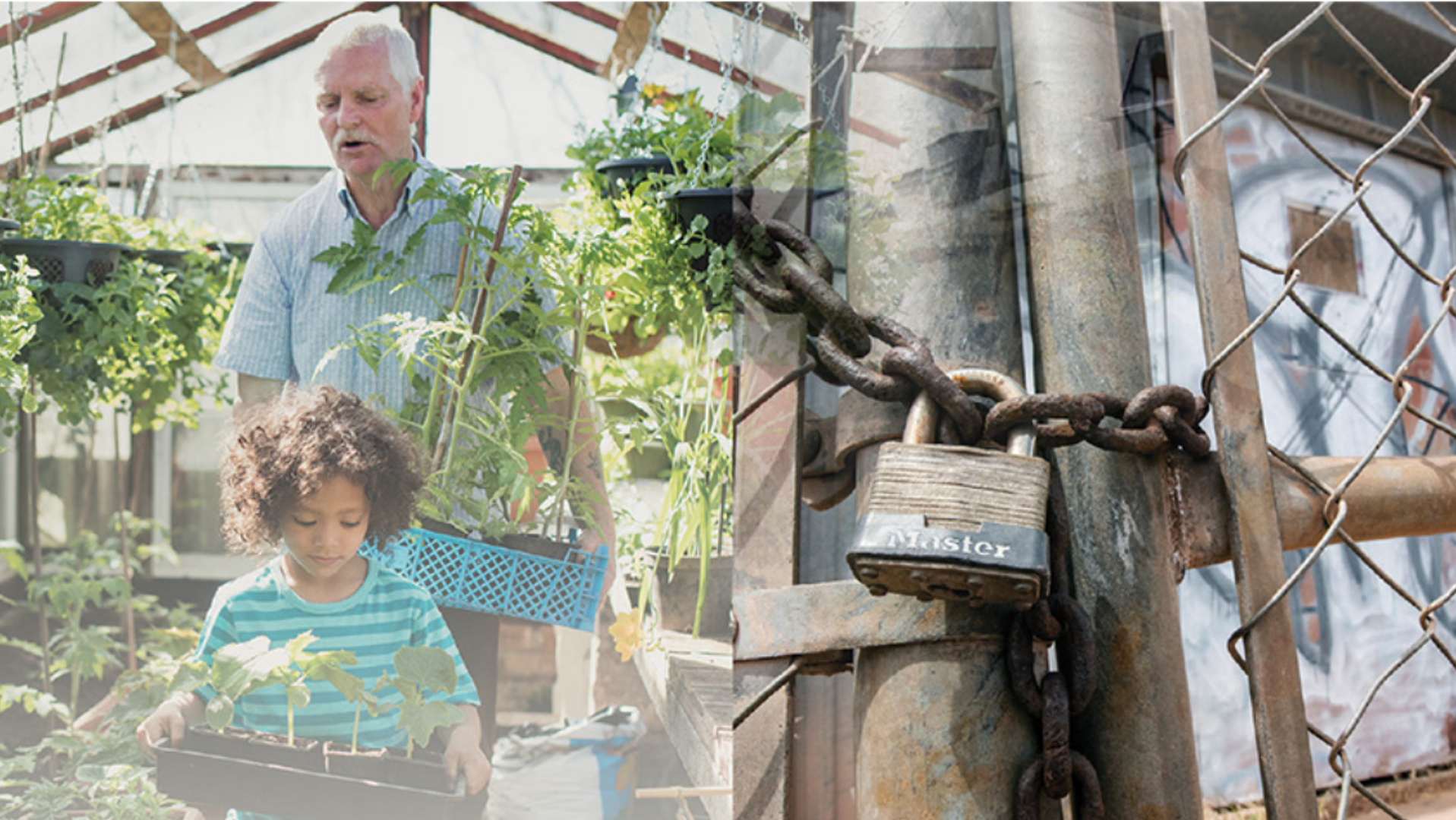What to know
- Community health is an important part of land revitalization.
- ATSDR includes health improvement in brownfield redevelopment and land reuse.
- ATSDR's Land Reuse Program promotes health, community involvement, partnerships, communication and education.

What is a Brownfield or Land Reuse Site?
Community health considerations are important parts of ATSDR's land revitalization activities. ATSDR's Land Reuse Health Program conducts the following activities:
- promote a well-rounded approach to redevelopment,
- include health as an important part of redevelopment,
- grow community resources to promote health, measure changes in community health,
- encourage early community involvement in decision making,
- restore and revitalize communities in a way that is fair to all community groups,
- promote relationships among, agencies, partners, and communities,
- improve ways to talk about health and environmental risks.
Brownfield: The US Congress formalized the definition of brownfields in 2002 through an amendment to the Comprehensive Environmental Response, Compensation, and Liability Act (CERCLA) of 1980 (42 U.S.C. 9601). Under this definition, the term "brownfield site" means real property, the expansion, redevelopment, or reuse of which may be complicated by the presence or potential presence of a hazardous substance, pollutant, or contaminant. There are some exclusions to the definition of "brownfield site", such as facilities that may be placed or are listed on the National Priorities List (i.e. Superfund sites) or subject to corrective action under the Solid Waste Disposal Act, among others (United States Congress, 2002).
Land Reuse Sites: ATSDR includes brownfields as a type of land reuse site. Land reuse sites are sites that are slated for redevelopment but may have chemical contamination. In other words, land reuse sites include brownfields plus those sites that are exempted from the 2002 CERCLA amendment, such as Superfund sites.
Health Checks
As part of its land renewal activities, ATSDR promotes many health checks so that people can have healthier neighborhoods and workplaces. Some of these health checks may include:
- Explaining data about chemicals in people and the environment
- Helping people learn more about health risks in their area
- Checking to find out if there are health issues that can be made better through changes in land use, and
- Measuring health factors to find out if land reuse projects make people healthier.
How ATSDR and EPA Can Help Communities
The number of communities that conduct health pilot activities at brownfield and land reuse sites is low. This is mostly because communities do not understand what types of activities EPA, health departments, or ATSDR can conduct. To help communities learn more about how EPA, health departments, or ATSDR can help, communities should know that:
1. ATSDR, working with health departments and EPA, can help more people include community health in brownfield and land reuse projects.
2. EPA can award health programs monies through Brownfields awards. ATSDR has some limited health pilot awards for brownfield and reuse sites as well.
3. ATSDR has free tools for including health activities as part of communities and their health departments Brownfield and Land Reuse projects. People who work to renew brownfields and other lands can use these tools to learn about health and environmental risks.
4. ATSDR and its partners also work to build community resources. This way communities themselves can continue to make health part of a well-rounded approach to growth.
Together, communities, ATSDR, health departments, and EPA can create healthier places for everyone.

